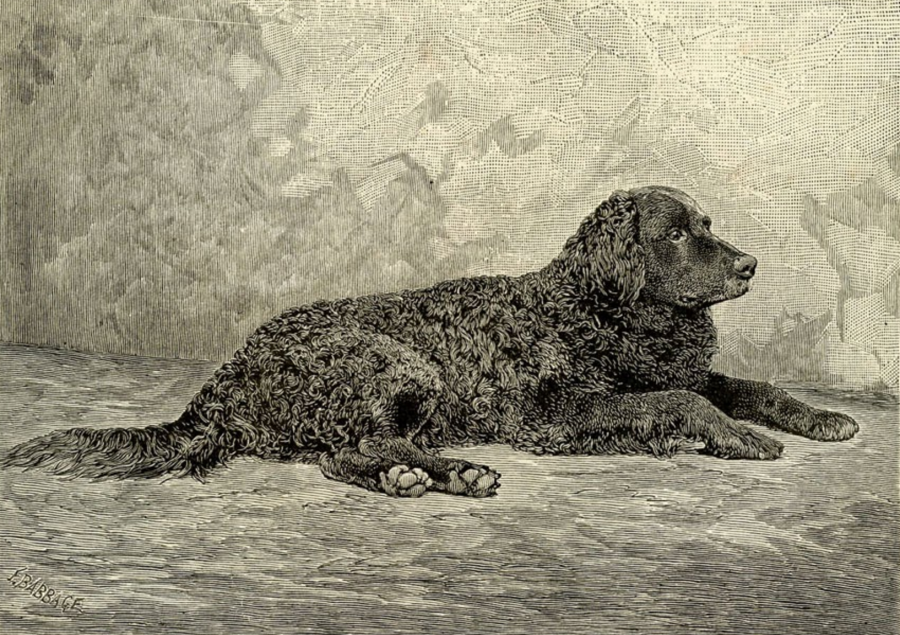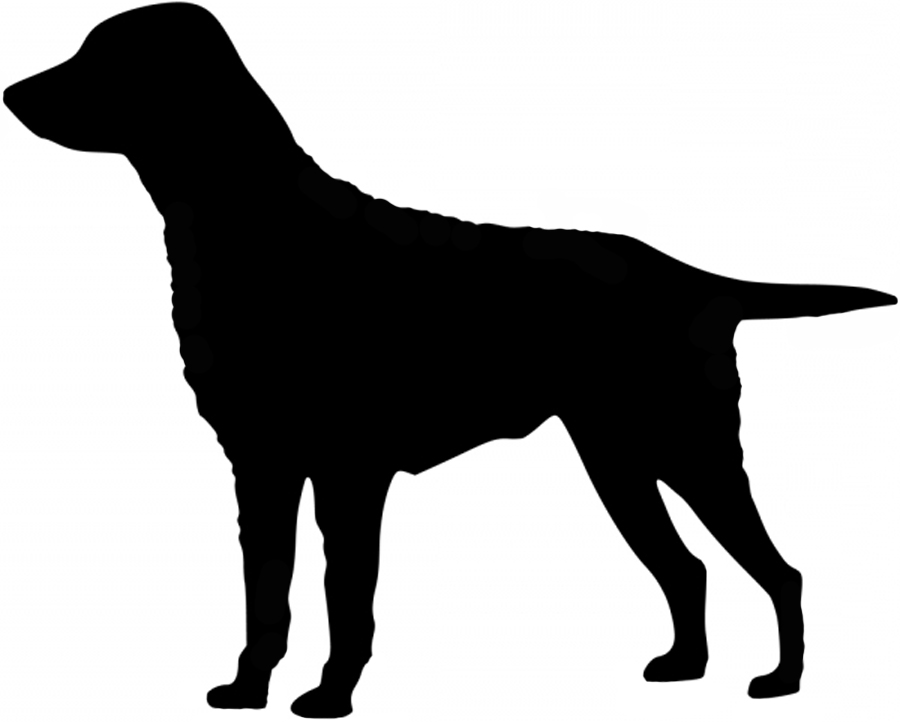
“Curly” could be the nickname for a lot of breeds with a certain type of coat, including the Spanish Water Dog, the Bichon (whose name in French means “curly white lap dog), Barbet, and Lagottos of a certain age. Unofficially,” however, the moniker is “owned” by the Curly Coated Retriever, a breed whose coat is a distinguishing and unique characteristic of the breed. Some fanciers point out the unique silhouette of a CCR: An upstanding, well balanced short coupled canine athlete who is deep through the chest, has a moderate tuck-up, and a strongly muscled rear. Mention all that to the average person-on-the-street as the way to pick out Curly Coated Retriever from a lineup of dog silhouettes, however, and you’ll be met with glazed eyes. Instead, instruct them to find the dog with the bumpy coat, and they’ll nail it the first time:

Most of you know that the Curly is so much more than its coat, but taking the path of least resistance is a good way to reach someone outside the dog world as a first step to pique their interest, and the Curly does have a remarkable coat – a dense, “hot mass” of tight, crisp curls.This isn’t a “show dog” thing, this is a “correct Curly coat thing” whether the dog competes in the field, in the ring, or for the best treat in the house.
That said, first time Curly owners often wonder where their puppy’s curls are, or when will the curls ever come in? The answer is that each dog gets curly in its own time and way. A 9-month old CCR’s coat may change markedly by the time s/he reaches adolescence. Our understanding of this process, then, suggests that the same advice given to the owners of many other uniquely coated breeds (like ours) also applies to Curly owners: Patience, grasshopper.
Image found on Pinterest and believed to be an engraving of a Curly-Coated Retriever from “Breaking & Training Dogs,” by Pathfinder & Hugh Dalziel – 1885
